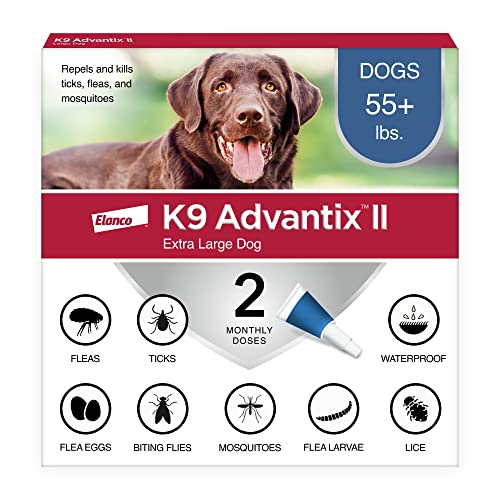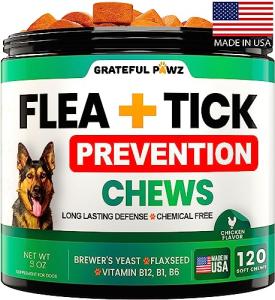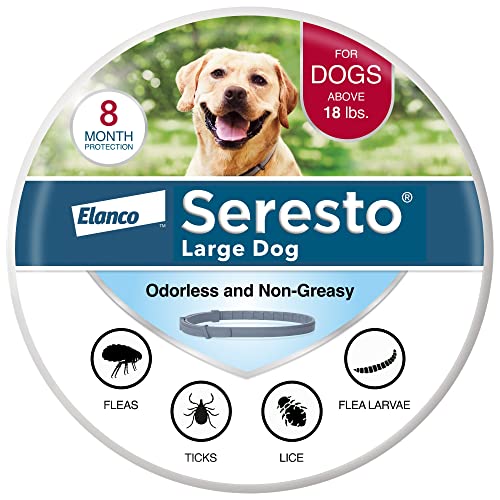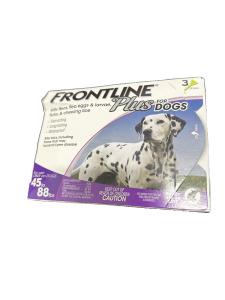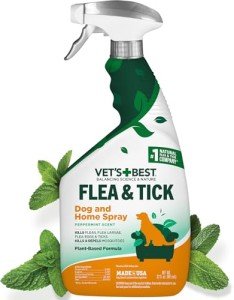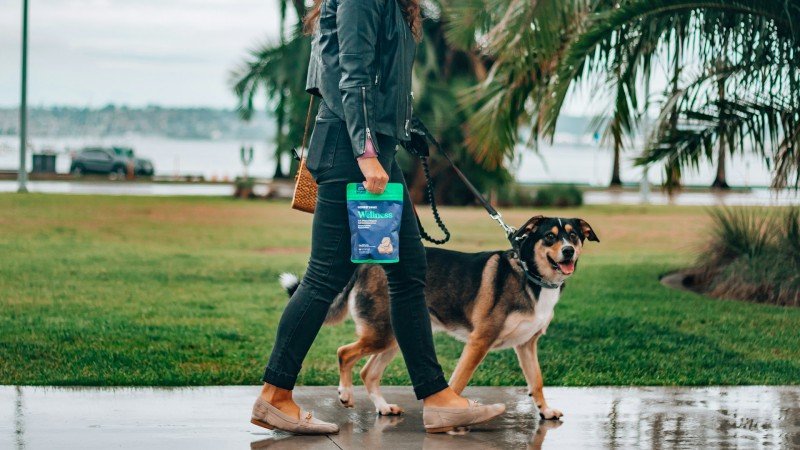Understanding the Importance of Flea and Tick Prevention for Your Pets
Fleas and ticks are not just annoying pests but can also pose serious health risks to your beloved pets. These tiny parasites feed on the blood of animals and can transmit diseases, cause skin irritations, and even lead to anemia in severe cases. Therefore, it is crucial to utilize flea and tick prevention to ensure the well-being of your furry friends.
1. Disease Prevention
Fleas and ticks are known vectors for various diseases that can affect both animals and humans. Lyme disease, for instance, is a common tick-borne illness that can cause fever, joint pain, and fatigue in pets. By implementing prevention measures, such as regular use of preventive medications, you can significantly reduce the risk of these diseases and protect your pet's health.
2. Preventing Allergic Reactions
Some animals are highly sensitive and allergic to flea and tick bites. A single bite from these parasites can trigger intense itching, redness, and swelling in pets. If left untreated, this can lead to severe skin infections and discomfort for your furry friend. Consistent prevention methods can help in avoiding these allergic reactions and ensuring their overall well-being.
3. Avoiding Flea Infestations in Your Home
Aside from causing health issues for your pets, fleas can also infest your home and become a nuisance for you and your family. Once a flea finds its way onto your pet, it can easily reproduce and lay eggs in various areas of your house. This can lead to a full-blown infestation, making it even more challenging to eliminate these pests. A proactive approach towards flea and tick prevention can save you from the headache of dealing with a major infestation and the associated costs.
4. Protecting the Entire Family
Fleas and ticks not only pose a threat to your pets but can also affect human health. These parasites can jump onto humans, especially children, and transmit diseases such as Bartonella, which causes symptoms similar to cat scratch fever. By safeguarding your pets against these pests, you are indirectly protecting the health and well-being of your entire family.
It is important to consult with your veterinarian to determine the best preventive measures for your particular pet, as different animals may have different needs. There are various options available, including topical treatments, oral medications, and collars, which can effectively prevent flea and tick infestations. Remember, prevention is always better than dealing with the consequences of an infestation, so make it a priority to keep your pets safe and healthy.
Effective Methods of Flea and Tick Prevention
1. Regular grooming and inspection:
Grooming your pet regularly and inspecting their fur can help in identifying any signs of fleas or ticks early on. Regular brushing removes any loose hair and debris, reducing the chance of fleas and ticks finding a suitable breeding ground. However, it is crucial to inspect your pet's coat thoroughly for any signs of these parasites, such as small black dots or tiny crawling insects.
2. Topical treatments:
Topical flea and tick treatments are popular preventive methods recommended by veterinarians. These treatments are usually applied directly to the pet's skin, typically on the back of the neck, and provide month-long protection. They work by repelling and killing fleas and ticks on contact, ensuring your furry friend stays protected.
XL K9 Advantix II: Flea & Tick Prevention
for Big Dogs
Product information
Product Review Score
4.72 out of 5 stars
86 reviewsProduct links
3. Oral medications:
Oral medications are another effective option for flea and tick prevention. These medications come in the form of tasty chewable tablets that need to be administered at regular intervals, generally once a month. The active ingredients in these medications are absorbed into the pet's bloodstream, killing any fleas or ticks that come in contact with the animal.
Natural Flea & Tick Prevention Chewables for Dogs
Protect Your Furry Friend from Fleas and Ticks with Our Natural Chewables!
Product information
$23.99
Product Review Score
4.69 out of 5 stars
38 reviewsProduct links
4. Flea and tick collars:
Flea and tick collars are simple yet effective in preventing infestations. These collars are impregnated with chemicals that repel and kill fleas and ticks. Once placed around your pet's neck, the collar releases the active ingredients gradually, ensuring continuous protection. However, it is essential to choose a collar that is the appropriate size and does not cause discomfort to your pet.
Seresto Large Dog Flea & Tick Collar | 8-Month Protection
Long-lasting protection against fleas and ticks for large dogs with Seresto's 8-month flea & tick collar
Product information
$67.89 $60.99
Product Review Score
4.23 out of 5 stars
3 reviewsProduct links
5. Environmental control:
Preventing fleas and ticks goes beyond just protecting your pet; you must also take measures to control the environment. Regularly vacuuming your home and washing pet bedding in hot water can help eliminate any eggs or larvae that may be present. Additionally, keeping your yard well-maintained by frequently mowing the grass and clearing any brush or debris will reduce the chances of your pet picking up these parasites while outdoors.
6. Professional pest control:
If you are dealing with a severe infestation or need additional assistance, it may be necessary to seek professional pest control services. They can help eradicate fleas and ticks from your home and yard effectively while ensuring the safety of your pet and family.
Remember, prevention is key when it comes to flea and tick control. By implementing these effective methods, you can keep your beloved pet safe and comfortable, free from the annoyance and potential health risks associated with these pesky parasites.
Natural Alternatives to Chemical Pest Control for Fleas and Ticks
Fleas and ticks are not only a nuisance for our beloved pets but they can also transmit a variety of diseases. While chemical pest control products can effectively eliminate these pests, they often come with potential side effects and health risks for both the animals and their owners.
If you're looking for safer alternatives to protect your furry friends from fleas and ticks, consider these natural methods:
- Regular grooming: One of the simplest yet effective ways to control fleas and ticks is by regularly grooming your pets. Frequent brushing and combing help remove and prevent these pests from settling on your pet's fur. It also allows you to spot any early signs of infestations.
- Natural flea and tick shampoos: Look for shampoos that contain natural ingredients like neem oil, citronella, or eucalyptus. These essential oils have repellent properties and can help repel fleas and ticks while keeping your pet's coat clean and fresh-smelling.
- Dietary supplements: Some natural supplements, such as brewer's yeast and garlic, are believed to repel fleas and ticks due to their odor. However, it's essential to consult with your veterinarian before adding any supplements to your pet's diet to ensure they are safe and appropriate.
- Flea combing: Using a fine-toothed flea comb can help remove fleas and their eggs from your pet's fur. Remember to have a bowl of soapy water nearby to drown the fleas and prevent them from jumping back onto your pet.
- Yard maintenance: Keeping your yard well-maintained can significantly reduce the chances of fleas and ticks becoming a problem. Regularly mow the grass, remove debris, and trim any overgrown shrubs or plants that can provide hiding spots for these pests.
- Citrus spray: Create a natural citrus spray by boiling citrus peels in water. Allow the mixture to cool, strain, and transfer to a spray bottle. Spraying this solution onto your pet's fur and bedding can act as a natural repellent due to the acidic nature of citrus fruits.
- Wash pet bedding and vacuum: Washing your pet's bedding regularly in hot water can help eliminate any fleas or eggs present. Additionally, vacuuming your home frequently, especially areas where your pet spends a lot of time, can help remove any potential infestations.
While these natural alternatives can provide some level of flea and tick control, it's important to note that they may not be as effective as chemical products. If your pet has a severe infestation or you live in an area with a high prevalence of fleas and ticks, it might be necessary to use chemical pest control methods or consult with a veterinarian for further advice.
Remember to discuss any pest control methods with your veterinarian before implementing them to ensure they are suitable for your pet's specific needs and health conditions.

